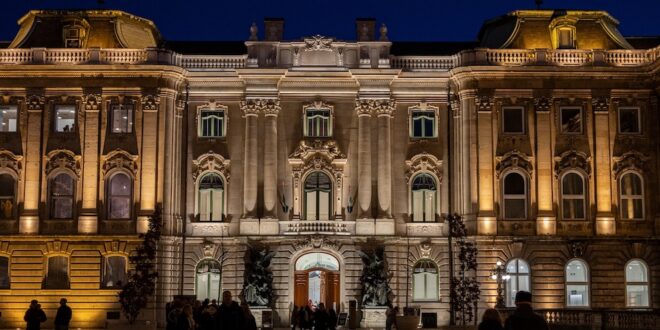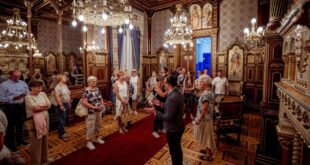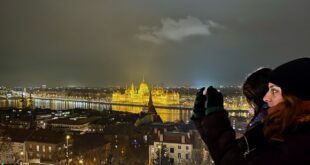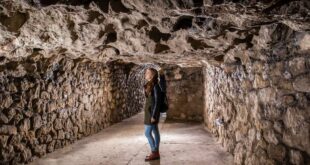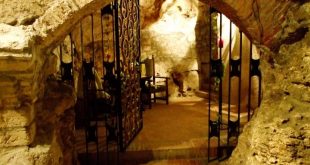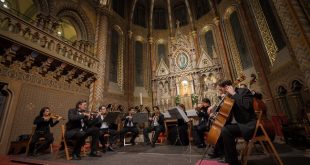Majestic Guardians at the Gate of Lions Court
As you approach the Lions’ Court of the Buda Castle Royal Palace, you’ll be greeted by four striking lion statues that guard the main entrance. These imposing stone sculptures were created by Hungarian sculptor János Fadrusz between 1901 and 1902 and were installed in 1903. The lions symbolize power and protection, and their placement is deliberate—those facing the inner courtyard sit with noble composure, while the two lions inside the gate open their mouths menacingly, baring their teeth as if to challenge intruders. Their craftsmanship captures every sinew and strand of their manes, making them enduring icons of Hungary’s royal legacy.
War Damage and Restoration of the Lion Statues
The lion statues on Lions Court have seen their share of history. During the brutal Siege of Budapest in 1944–45, three were slightly damaged, while one was completely broken in two. Fortunately, all four sculptures were painstakingly restored, preserving Fadrusz’s powerful expression of realism and symbolic strength. Today, they remain a favourite photo spot and symbolic threshold between the public spaces of the castle and the once-private inner palace courtyard. Whether you’re admiring their regal stance or their fearsome growl, the lions remain timeless emblems of the Buda Castle’s grandeur.
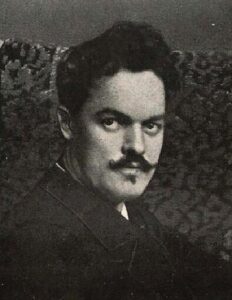
The Sculptor Behind the Stone: János Fadrusz
János Fadrusz, born in 1858 in Pozsony (today Bratislava), rose from humble beginnings as the eldest of ten children in a working-class family. Though he left formal education early, his raw artistic talent propelled him toward sculpture. He began by selling carved utensils in the streets and eventually studied woodcarving before meeting renowned Czech sculptor Josef Myslbek, who influenced his path. Fadrusz’s crowning achievement was the equestrian statue of King Matthias in Cluj-Napoca (Kolozsvár), awarded the Grand Prize at the 1900 Paris World Expo. He was later honoured with the Order of the Iron Crown and received honorary titles from both Cluj and its university. His lion statues at the Budapest Royal Palace remain an enduring testament to his mastery and vision.
 Buda Castle Buda Castle, Budapest
Buda Castle Buda Castle, Budapest
